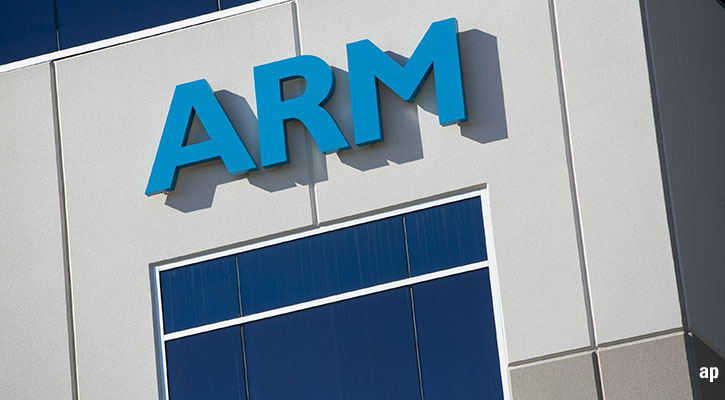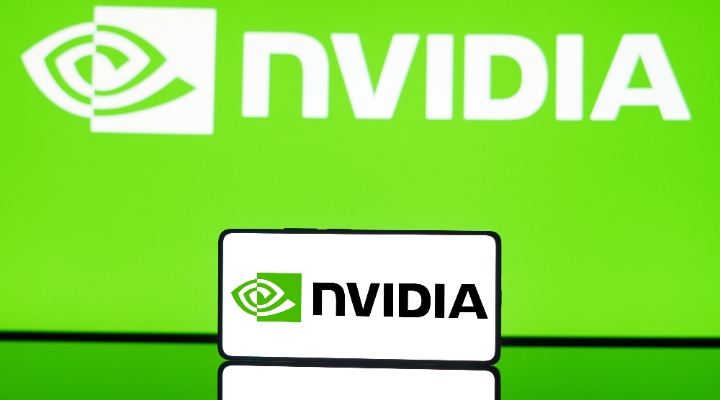
The AI buzzword is misleading investors on Arm's true potential as a technology stock, says Morningstar analyst Javier Correonero in a new report on the Nasdaq-listed British company.
Although Arm (ARM) has many virtues to be excited about, its share price is not one of them. After the company reported earnings on February 7, its shares soared more than 50% and have traded close to $140 since, propelled by an exaggerated artificial intelligence narrative combined with excitement about recent increases in royalty rates after the introduction of its newest architecture, Armv9.
While Arm is executing well and is an AI beneficiary, we believe its AI story is ancillary, and we do not expect an earnings inflection that is anywhere close to that of Nvidia.
Morningstar Metrics for Arm Stock
• Fair Value Estimate: $57 (current price $126)
• Morningstar Rating: ★
• Morningstar Economic Moat Rating: Wide
Arm Stock is Trading at 90 Times Price Earnings
The current share price neglects Arm's need to continue investing in research and development to keep growing its top line and puts too-high expectations on growth and margins, in our view. Our $57 fair value estimate assumes a 17% revenue compound annual growth rate (CAGR) over the next decade and a 44% terminal GAAP operating margin, compared with the 22% CAGR and 55% operating margin needed to justify a $140 share price.
Although the latter scenario would result in a medium-term boost to Arm's financials, we believe it would create long-term risks, as the firm would need to quintuple its royalty rates in just eight years, extracting too many dollars from the value chain and encouraging customers to look for alternative architectures such as RISC-V. Given a 90 times adjusted 2025 price/earnings ratio (excluding share-based compensation) and 170 GAAP 2025 P/E ratio, we believe investors have much to lose and little to gain by buying Arm shares.
What the Market's Saying, What Morningstar's Saying
Key Takeaways from Our Arm Report
• Although semiconductor ecosystem providers like Arm will benefit from AI, they won't to the same extent as Nvidia, given their different business models and lower operating leverage and pricing power. Put simply, Nvidia does not need to spend 50 times more in software or pay 50 times more to Arm in royalties to design an "AI chip" that sells for 50 times more. We expect Arm's profits will likely grow more in line with revenue.
• Arm faces an innovation versus profit margin paradox. If it aims to gain market share and keep raising royalty rates to accelerate top-line growth, it will need to do so with a better, more efficient architecture, which requires continued reinvestment in R&D. However, high R&D reinvestment is inconsistent with the 55% long-term operating margin needed to justify the current $140 share price, which implies a forward P/E ratio of 88, nearly double that of peers at 47.
• A $140 share price would require Arm to quintuple its royalty rates in just eight years (an 8.5% blended rate in 2030 compared with 1.7% in 2022) and grow at much higher rates than the semiconductor market for two decades. This proposition is too aggressive and would encourage customers to look for alternatives, in our view.
• Our $57 fair value estimate addresses this paradox. It assumes Arm will need to invest $15 billion in R&D in the next seven years, or 33% of revenue on average, to reach a 5% blended royalty rate by 2030 and 6% in 2033. This will result in a 17% revenue CAGR and a 44% terminal GAAP operating margin in the next decade.



























